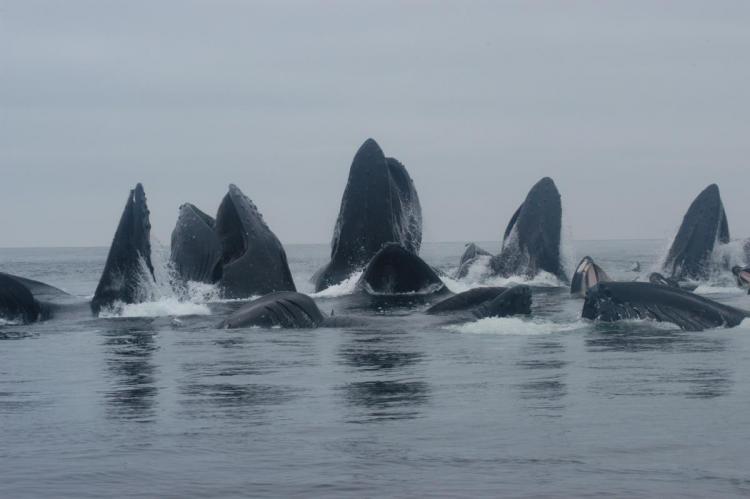Humpback whales in the North Pacific consist of five distinct populations
A comprehensive genetic study of humpback whale populations in the North Pacific Ocean has identified five distinct populations.
In the North Pacific, the humpback whale populations now number more than 21,000, up from less than 1,000 at the end of commercial humpback whaling in 1966.
The finding is based on DNA analysis as well as identification of individual whales via photographs.
Nearly 2,200 tissue biopsy samples were collected from humpback whales in 10 feeding regions and eight winter breeding regions during a three-year international study, known as SPLASH (Structure of Populations, Levels of Abundance and Status of Humpbacks).
The study was conducted by scientists from National Fisheries and Wildlife Foundation and the Marine Mammal Endowment at Oregon State University.
That data show that the humpbacks have "very strong fidelity to migratory destinations." That is, even though the whales could swim anywhere in the ocean, they faithfully swim between the same winter breeding and summer feeding grounds year after year.
The researchers think this stems from the early life of the whales. Young whales complete one annual migration with their mothers before they are weaned. "They learn a migratory tradition," said Scott Baker, associate director of the Marine Mammal Institute at Oregon State University's Hatfield Marine Science Center and lead author on the paper.
The five populations identified in the study are: Okinawa and the Philippines; a second West Pacific population with unknown breeding grounds; Hawaii, Mexico and Central America.


